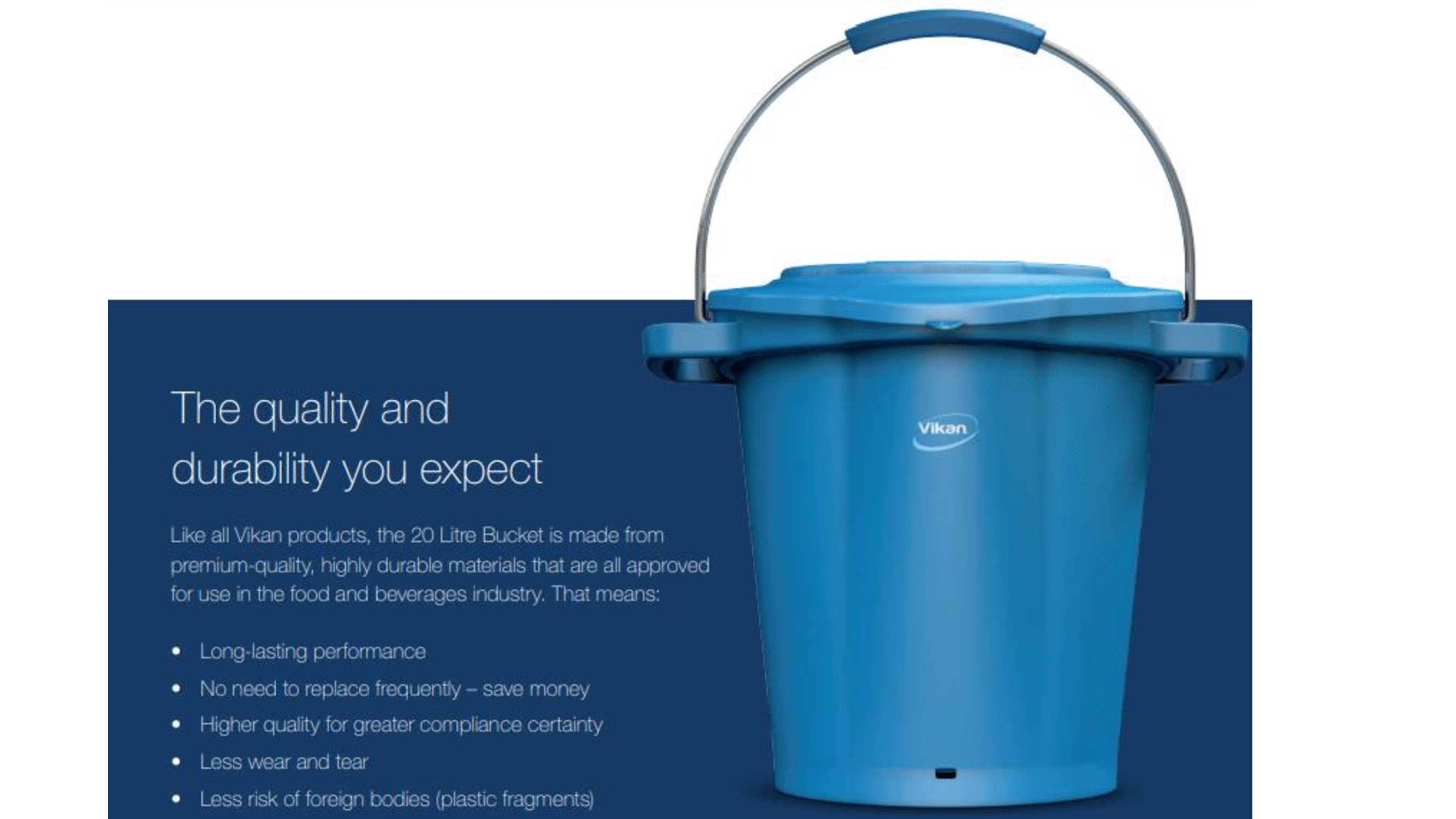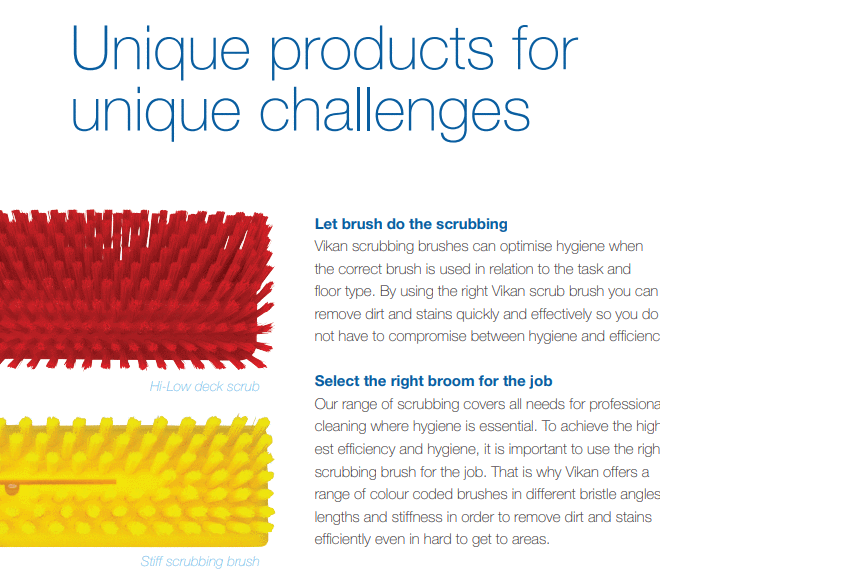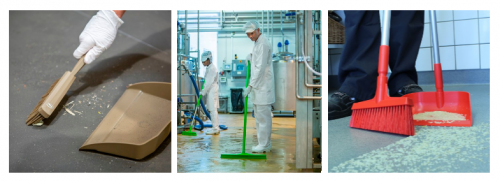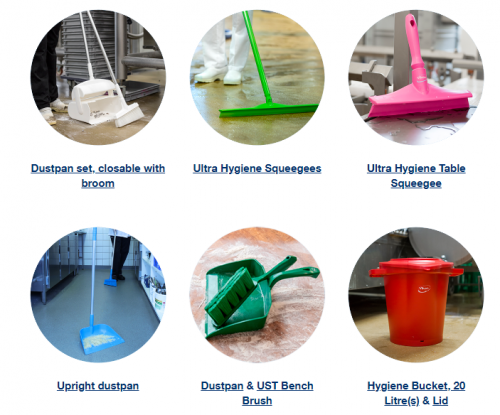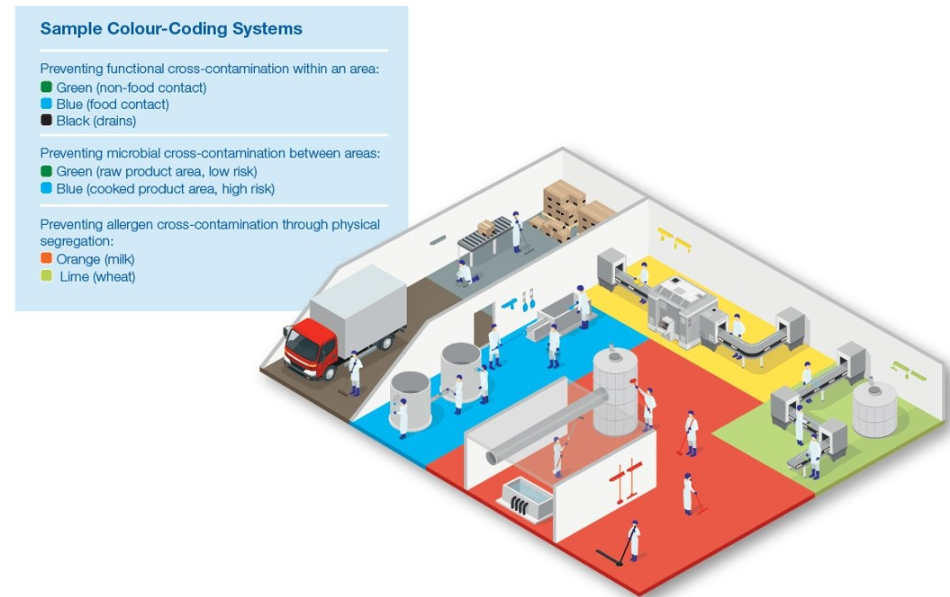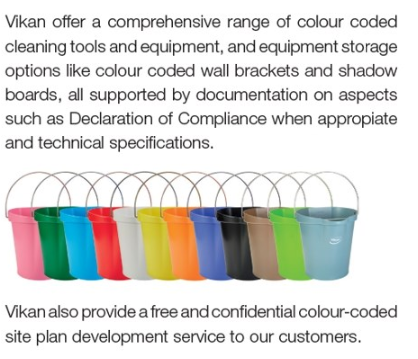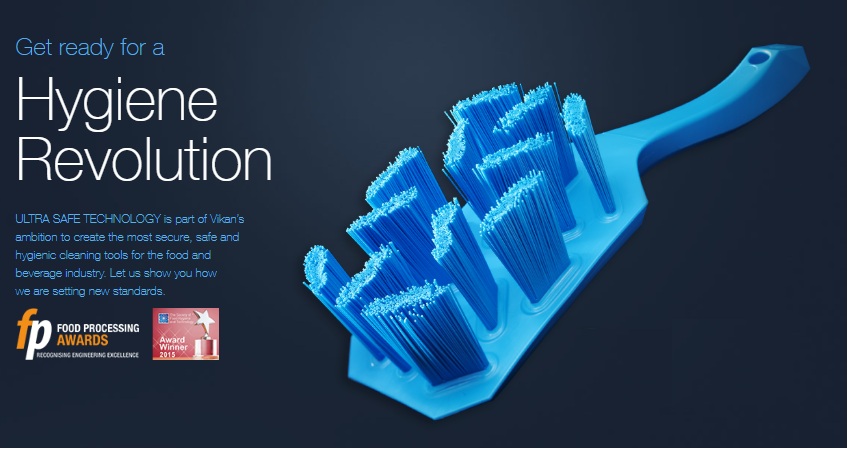
ULTRA SAFE TECHNOLOGY is part of Vikan’s ambition to create the most secure, safe and hygienic cleaning tools for the food and beverage industry. Let us show you how we are setting new standards.
Vikan’s new Ultra Safe Technology is a revolutionary new line of brooms and brushes that help improve food safety and quality, minimize food waste and increase cleaning efficiency. These new products from Vikan comply with food safety regulations and minimize the risk of contamination hazards.The innovative technology utilizes enhanced bristle security units directly molded to the brush block, removing any gaps or seams while offering unprecedented bristle retention strength. The hand brushes, deck scrubs and sweeping brooms each have a unique bristle pattern to optimize function, while spacing between the bristle units makes each tool easier to clean, dry, and inspect.
UST’s unique design and construction improves bristle retention and allows for significantly more effective cleaning of the product itself.
UST provides a level of hygienic design that has never been seen before. In areas that are hygiene critical, UST gives food processors the confidence that bacteria and foreign contaminates will not hide in and around the tools. This makes UST an outstanding alternative to resin set brush products.
For more information, please contact us: (021) 758-759-88 or you can email to profiklin@profiklin.com

